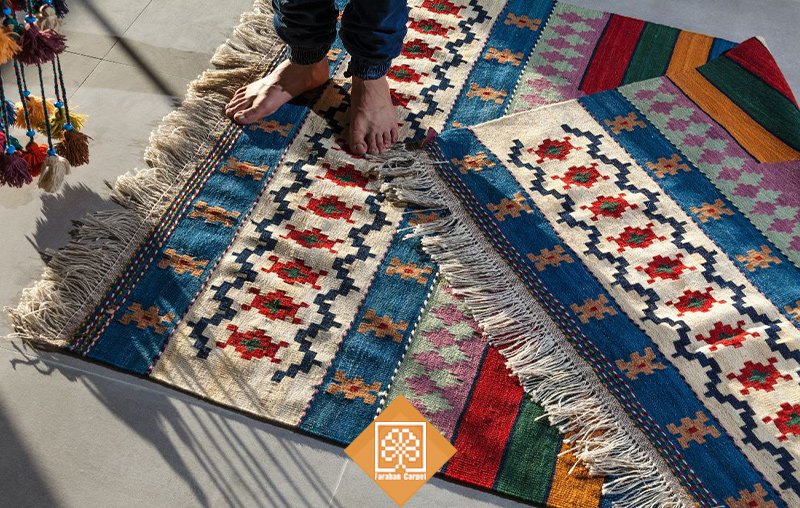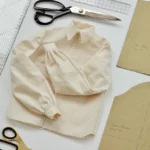1. Persian Rugs
Persian rugs are renowned for their intricate designs and high-quality craftsmanship. Originating from Iran, these rugs often feature complex patterns with floral, geometric, and medallion motifs. They are traditionally hand-knotted using wool or silk, resulting in a durable and luxurious product. For example, the famous Tabriz and Isfahan rugs are celebrated for their artistic patterns and fine detail.
2. Oriental Rugs
The term “Oriental rug” is broad and includes various rugs from Asia, including Persian, Turkish, and Chinese rugs. These rugs are known for their rich colors and detailed designs. For instance, Turkish rugs often showcase bold patterns and vibrant hues, while Chinese rugs may feature more subtle designs and lighter colors. Overall, Oriental rugs are prized for their quality and historical significance.
3. Kilim Rugs
Kilim rugs are flat-woven and lack the pile found in other rug types. Originating from the Middle East and Central Asia, Kilims are known for their geometric patterns and vibrant colors. They are often used as floor coverings or wall hangings due to their lightweight and flexible nature. Additionally, Kilims are popular for their easy maintenance and durability.
4. Shag Rugs
Shag rugs are known for their long, plush pile that creates a cozy and comfortable feel. These rugs can be made from various materials, including wool, synthetic fibers, and even silk. Shag rugs are perfect for adding texture and warmth to modern interiors. They are commonly used in living rooms, bedrooms, and areas where comfort is a priority.
5. Berber Rugs
Berber rugs originate from North Africa, particularly Morocco. These rugs are traditionally hand-woven by Berber tribes using wool from sheep and camels. Berber rugs often feature simple, abstract patterns and are known for their durability and warmth. They are ideal for adding an earthy, rustic touch to contemporary and traditional spaces.
6. Hooked Rugs
Hooked rugs are created using a technique where loops of yarn or fabric are pulled through a backing material. Originating from the United States and Canada, these rugs often feature vibrant patterns and are known for their durability. Hooked rugs are commonly used in country-style and rustic homes, providing a unique and handcrafted touch.
7. Navajo Rugs
Navajo rugs come from the Navajo Nation in the southwestern United States. These rugs are woven using traditional techniques passed down through generations. Navajo rugs often showcase bold, geometric patterns and natural dyes. They are highly valued for their cultural significance and artistic beauty.

8. Modern Rugs
Modern rugs offer a contemporary twist on traditional designs. These rugs often feature abstract patterns, minimalist designs, and innovative materials. Modern rugs can be made from synthetic fibers, wool blends, and other modern materials. They are ideal for adding a fresh, updated look to modern and eclectic interiors.
Conclusion
Understanding the different types of rugs helps you choose the perfect one for your space. From the luxurious Persian rugs to the versatile Kilim designs, each rug type offers unique features and styles. By considering your design preferences, needs, and budget, you can select a rug that enhances your home’s aesthetic and provides lasting comfort.











